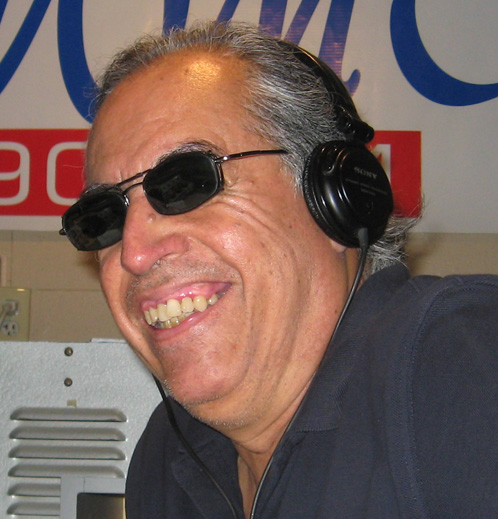 Story By Bob Corbell Texas high school football, for some if not a right of passage, might be regarded as a religion. Vengeance against a neighboring town, at the expense of a young 17 year old that is sold on the premise that ‘school pride’ is a virtue. Aristotle was never forced to practice in 110 degree heat in order to get his accolades at the Diary Queen on a Friday night. In 2019, Ol’ Aristotle would come to one conclusion about high school athletics, especially football. It is incredibly expensive. For a public school, little musing would render the discovery that athletics is a tax burden. Whether the Texas good-ol-boy high school football booster realizes it or not, tax supported high school athletics, as we know it, is not as healthy as the coaches and athletic directors say it is. Student athletes are making choices to participate in other curriculum which requires focus outside of classroom hours. Coaches hate that. Academic eligibility often restricts the roster. Then there’s the new phenomenon of social technology. Kid’s can now become professional gamers and play a virtual sport; not in the Texas heat, but indoors. It is very feasible and more likely that a 17 year old can play a virtual sport and earn up to 50 thousand dollars annually depending on their achievement level and access to competition. Concussion free, unless hit in the head by a keyboard. Texas public school athletics soon will face another dilemma; funding. Let’s look at any given Friday at Del Rio High School before a football road trip. If 70 players are on the roster, the average annual equipment cost is close to $1,500 dollars-per player. Meanwhile the math student left in the classroom, the average annual cost spent on him is slightly over $400 dollars. Then add in the cheerleaders, dance team, and band. No fewer than seven buses must travel a minimum of 300 miles round trip. The students must be fed while traveling. There’s the cost of bus drivers and fuel. Advisors, administration, and support staff must accompany the students. Then there’s the cost of hiring substitute teachers to fill the vacancy that day. The cost easily reaches the six figure mark, before even equating the legal expense and insurance. Oh, and let’s not forget the money forfeited by the district that day for excused student absences. The state funds the school district for attendance. Almost one third of the student enrollment is on the road five Friday’s in the fall. That is only one day and one sporting event. It is time to get rid of public funded athletics and UIL competition in Texas high schools. It is a burden and great expense to the taxpayer. While state legislators continue to slash funds like Zorro, districts much like the San Felipe-Del Rio Consolidated Independent School District often have to come back to the tax payer and ask for temporary reform. Much like the TRE election this past November. That was a band aid for the district to address employee health care and campus security. The next go around, something is going to have to give. In my opinion, I propose pay-for-play athletics. In less than a decade, it will come down to hiring a science teacher or a football coach. Parents and school board members are going to have to face a hard realization of the future of a century old tradition. Does the student have a better advantage in life of core curriculum education or the chance at a trophy? In the March edition of the Texas Times, I’ll share the story of a Texas high school that ceased athletics for one season. The results might surprise you. |
�
KWMC
|

 RSS Feed
RSS Feed



